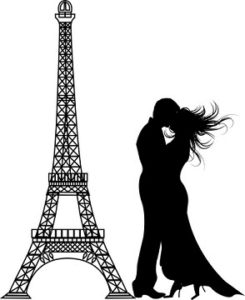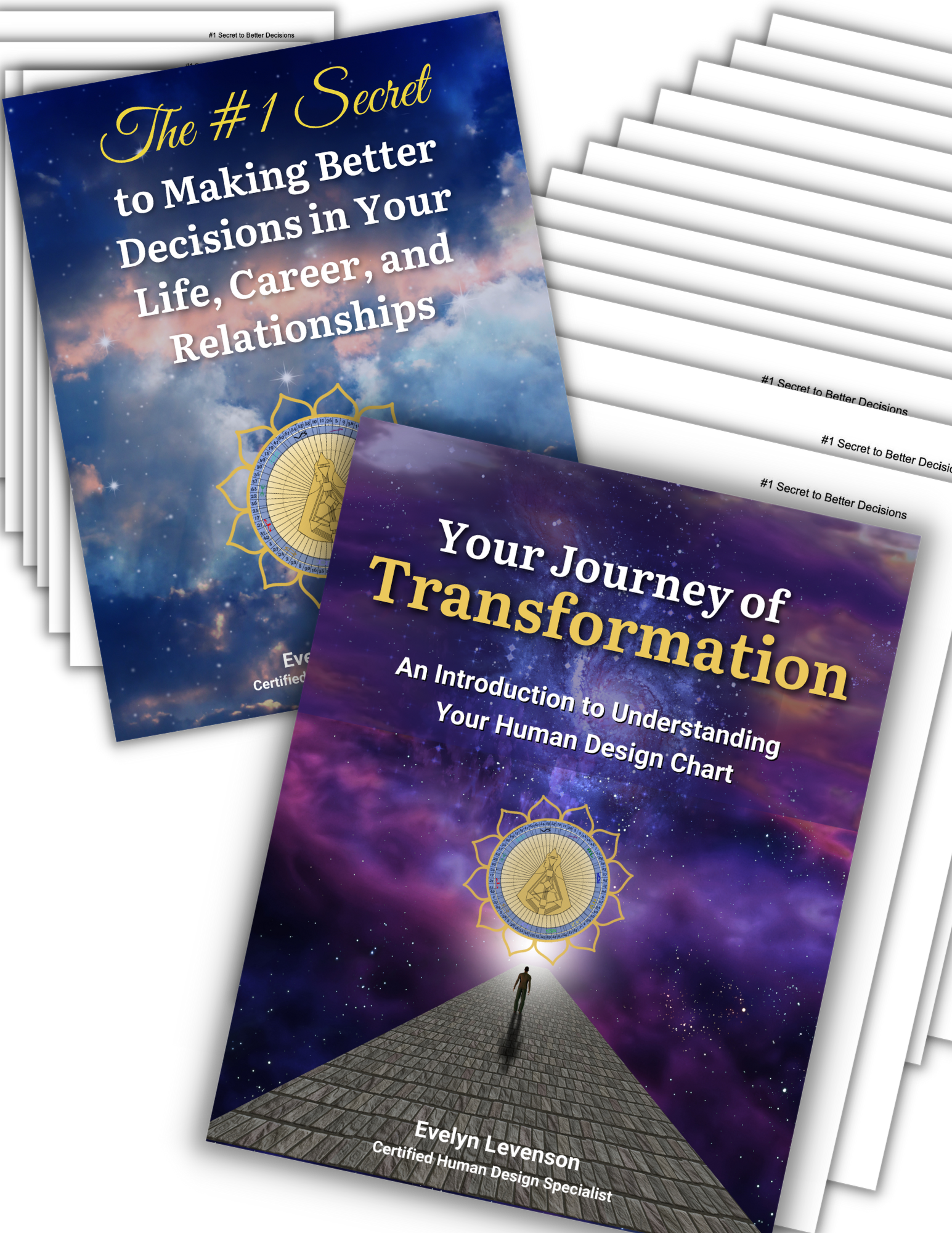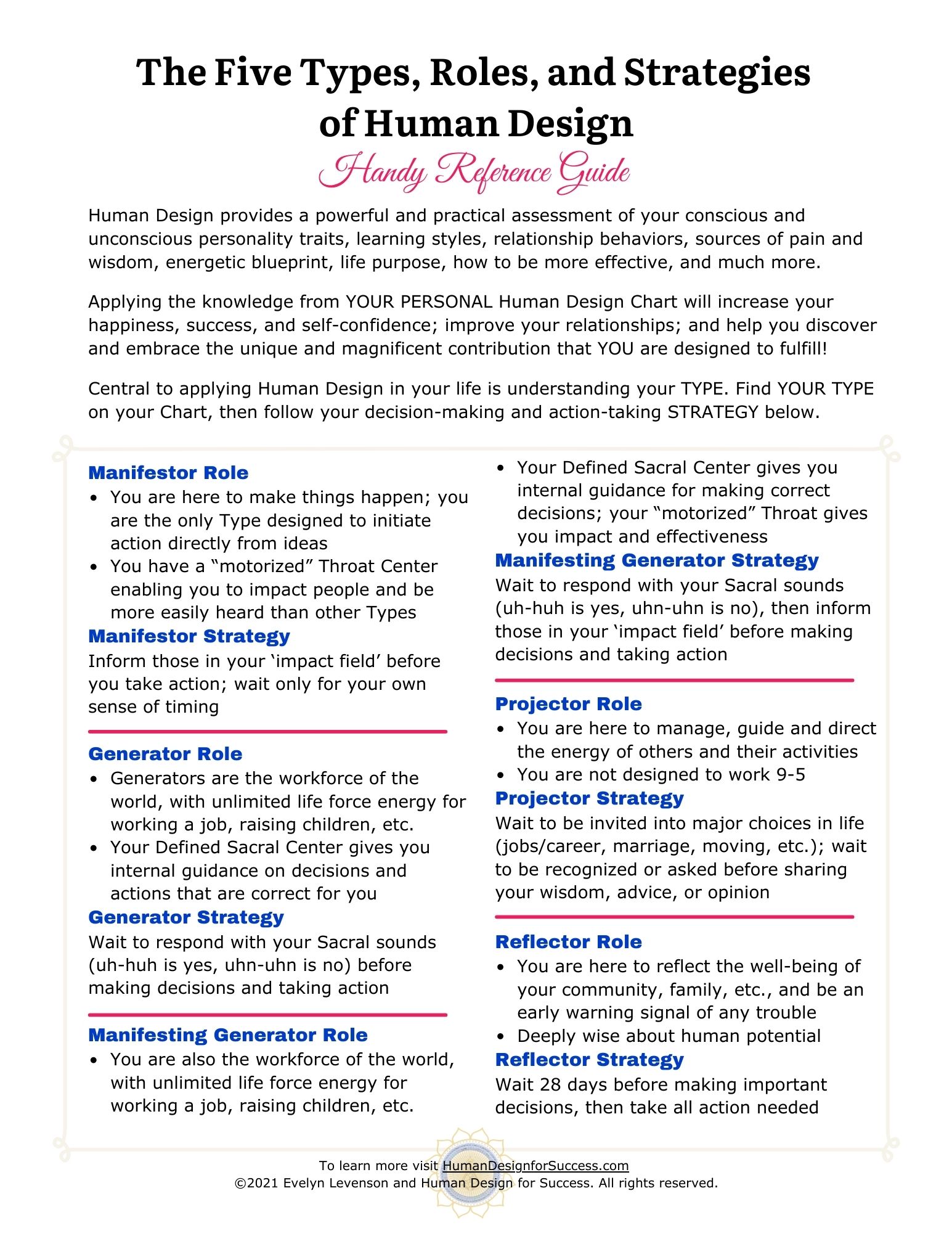 Emotions can be such a “delicious” part of being human. We have passion and pathos, romance and longings. We experience optimism and hope, unconditional love and pure bliss. We create soaring pieces of music, stunning works of art, and deeply moving poetry and prose.
Emotions can be such a “delicious” part of being human. We have passion and pathos, romance and longings. We experience optimism and hope, unconditional love and pure bliss. We create soaring pieces of music, stunning works of art, and deeply moving poetry and prose.
We also can feel despair, revenge, depression, anger, sadness, pessimism, and cynicism, among others.
Quite a range! This rich emotional experience distinguishes us from the animals with whom we share this planet… at least as far as we currently know. Many animals do share basic feelings with us—happiness, sadness, pain, fear, tenderness, caring and love.
But the complex tapestry of deep emotions seems to be our human realm.
How These Emotions Affect Our Relationships
While our depth of passion enhances our life experience and deepens our bonds with the people in our lives, our emotional range can also be a source of much strife, stress, and emotional wounds in our relationships.
Although emotions are just one piece in the bigger picture of our relationships, they are undoubtedly the most dramatic, and perhaps the most impactful.
Human Design reveals a very useful understanding of our own emotional experiences and of the emotional dynamics in relationships.
With this understanding, we have tools to handle our own ups and downs and to master the emotional dynamics in any relationship (romantic partner, parent-child, co-worker, etc.).
Is Your “Emotional Center” Defined?
On your personal Human Design chart (click here if you don’t have one yet), look at the large triangle on the lower right side of the “bodygraph” diagram. If it is tan/brown in color, then you have a Defined Emotional Center (called the Emotional Solar Plexus).
This means you have a consistent flow of emotional energy in your life. Sometimes you’re UP and sometimes you’re DOWN, and the rest of the time you’re in between—but you always have some level of emotional experience.
Emotional energy has a wave-like cyclical pattern of ups and downs. You are always “putting out” or emitting emotional energy, and this is completely normal for you. You have an endless source of this energy so you never run out.
While you may be sensitive to other people’s energy in other parts of your chart, you don’t actually take in other people’s emotional energy. You have your own consistent emotional experience, and your unique “wave” pattern of ups and downs. For some, these waves are subtle and barely noticeable. For others, your waves are dramatic highs and lows.
Is Your “Emotional Center” Open?
If the large triangle on the lower right side of the “bodygraph” diagram is white, then you have an Open Emotional Center.
This means you are designed to take in the emotional energy of people around you, and amplify it.
Although you of course have normal human feelings, you don’t have your own consistent source of the passionate and emotional highs and lows that the Defined Emotional Centers experience and broadcast out.
But you DO experience those ups and downs in an amplified way when you are in the presence of emotionally defined people. So it can be very difficult (and confusing!) to distinguish your own feelings from those emotions flowing into your experience from outside of you.
In fact, it can be downright overwhelming, un-balancing and emotionally painful when you assume that all those jumbled, confusing emotions are your own.
You may even appear to be “the dramatic one” in a group or family, but you are simply amplifying and expressing all of their emotional energy. Those aren’t your emotions.
There is a predictable behavior pattern associated with this Open Center: trying to keep everyone happy and avoiding conflict. However, this isn’t healthy as it keeps you from speaking your truth or standing in your own power.
The good news is that there is tremendous potential for wisdom in the Open Emotional Center. You can take in (and amplify) every possible human emotion and can become very wise about emotions and the experience of emotional energy.
Combined Energy in Relationships
When two people are in any type of relationship, their energies affect each other. The details of this can be seen by looking at their Human Design charts and creating a “composite” chart that blends their two charts together (which can be done manually or with special software).
When we look at their relationship from this perspective, we can see their areas of resonance and harmony, and their areas of potential challenges. We see where they come together to form complete channels of energy, and how those channels affect their experience in the relationship. We see how the “definition” and “openness” in each chart affects the other chart.
For example, if one person has a Defined Emotional Center and the other has an Open Emotional Center, there are some predictable issues they can address and manage through their awareness and understanding. Other emotional combinations also have predictable impacts.
The bottom line is… any relationship can work—with the correct understanding of the energetic dynamics, and a little patience!
In Part 2 of this article, we will explore the ways that Open and Defined Emotional Centers affect each other in relationships. Although the Emotional Center is just one small aspect of many energies in a Human Design chart, it carries great impact. Understanding its effects can make a significant difference in any relationship.
You are warmly invited to share your awareness of and experiences with your own Emotional Center, whether Defined or Open, in the comment box below!
Read Part 2 of this article HERE >> Master the Emotional Dynamics in Your Relationships – Part 2



Hi Anne, glad the information is helpful to you. Emotional cycles are unique to each person with a Defined Emotional Solar Plexus. The particular nature of YOUR emotional wave (or waves….it’s possible to have more than one!) is discussed in depth during a Full Human Design Reading. In the meantime, pay attention to your emotional state each day and see if you can discern a pattern over time. Thanks for your comment! –Evelyn
The explanation of my emotional center defined Solar Plexis is very true for me
It would be so helpful if I learn how to understand the cycles better
Evelyn,
Good information. Thanks for sharing!
Blessings
Debbie
I have an open solar plexis and I feel overwhelmed a lot. It probably doesn’t help that I’m a nurse too, can picking up emotions be curbed in some way?
Thank you for this explanation, Dear Evelyn.
My EC is undefined. Prior to a friend introducing Human Design to me, I was surprised how in some instances my mood and reactions would change depending on who I am with. I’d do something that is out of character, something emotional, even though I’ve always thought of myself as someone with high emotional intelligence and able to control my emotions.
With the
Lena,
Thank you for your comment. With an undefined Emotional Solar Plexus, emotions would change depending on who you are with and whether they are emotionally defined. One thing that has helped me is to remember to be a screen and not a sponge. You are here to be wise about emotions and that may be why you have understood yourself to have a high emotional intelligence. Cindy, Assistant to Evelyn Levenson
information you provided, I am able to better understand the dynamic between other people and myself.